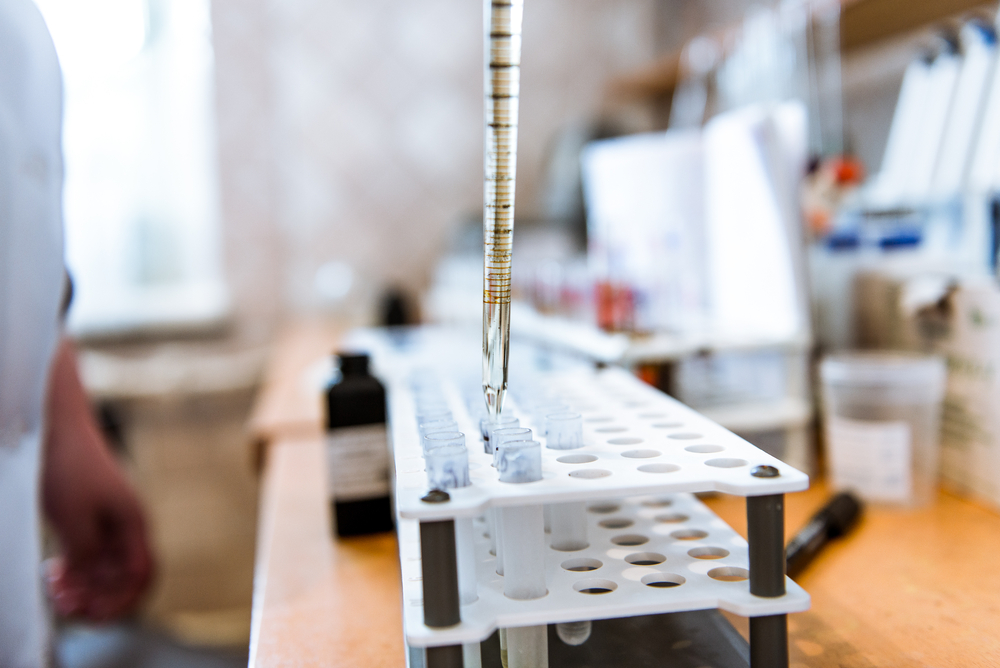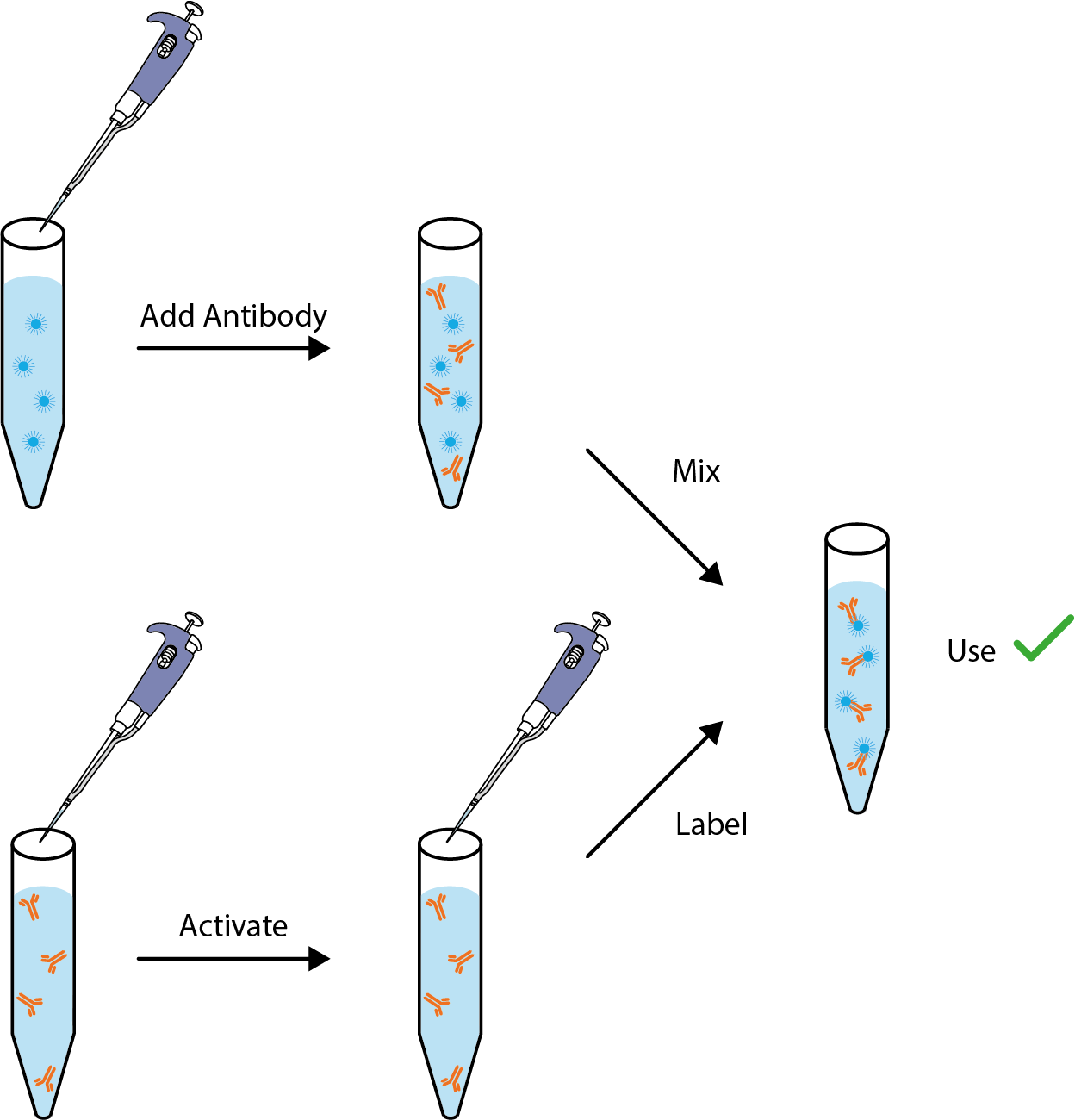FITC-IGG LABELING KIT
The FITC-IgG Labeling Kit utilizes a novel chemistry to generate highly reproducible fluorescein-labeled IgG with a simple and fast procedure. Manufacturing quality systems ensure excellent sensitivity, low backgrounds and lot to-lot consistency. Each kit includes all reagents needed to conjugate the stated amount of IgG and includes a highly pure solution of 100 mg/ml BSA for final formulation.
Kits are available for labeling 0.3mg, 1mg and 10mg IgG.
PRODUCT DETAILS – FITC-IGG LABELING KIT
- Pre-measured active labeling reagent.
- Can be used with up to 10 mg/ml (1%) BSA as a carrier protein.
- Completely scalable: conjugate anywhere from 0.1 to 1 gram IgG per reaction.
- Highly efficient FITC incorporation.
- Optimized FITC:IgG ratio by labeling time and temperature.
- Purification not usually required.
- Shelf life of 24 to 48 months.
- No license needed for commercial use.
BACKGROUND
The FITC-IgG Labeling Kit uses a simple and quick process to conjugate an antibody to Fluorescein. Fluorescein isothiocyanate (FITC) is the most widely used fluorescent probe for the preparation of conjugates with biological molecules. It is particularly useful for several reasons: conjugates are easily prepared because of the water solubility of FITC; it is brightly fluorescent because of its reasonably large extinction coefficients and high quantum yields after conjugation and it has low nonspecific binding with most biological tissues. Typically, three to five fluoresceins can be conjugated to each IgG antibody before self-quenching and altered binding affinities are observed. Fluorescein is maximally excited by blue light and emits primarily green to yellow fluorescence. Conjugates are suitable for use on various Immunoassay such as ELISA, Flow Cytometry and Multiplexing platforms. It is currently the most commonly-used fluorescent dye for FACS analysis and has been used for example, to investigate antibody-mediated cellular phagocytosis by human monocytes (ADCP) of Ebola virus GP (Gilchuk et al., 2018).
REFERENCES
- Gilchuk et al. (2018). Multifunctional Pan-ebolavirus Antibody Recognizes a Site of Broad Vulnerability on the Ebolavirus Glycoprotein. Immunity. 2018 Aug 21; 49(2): 363–374.e10.


